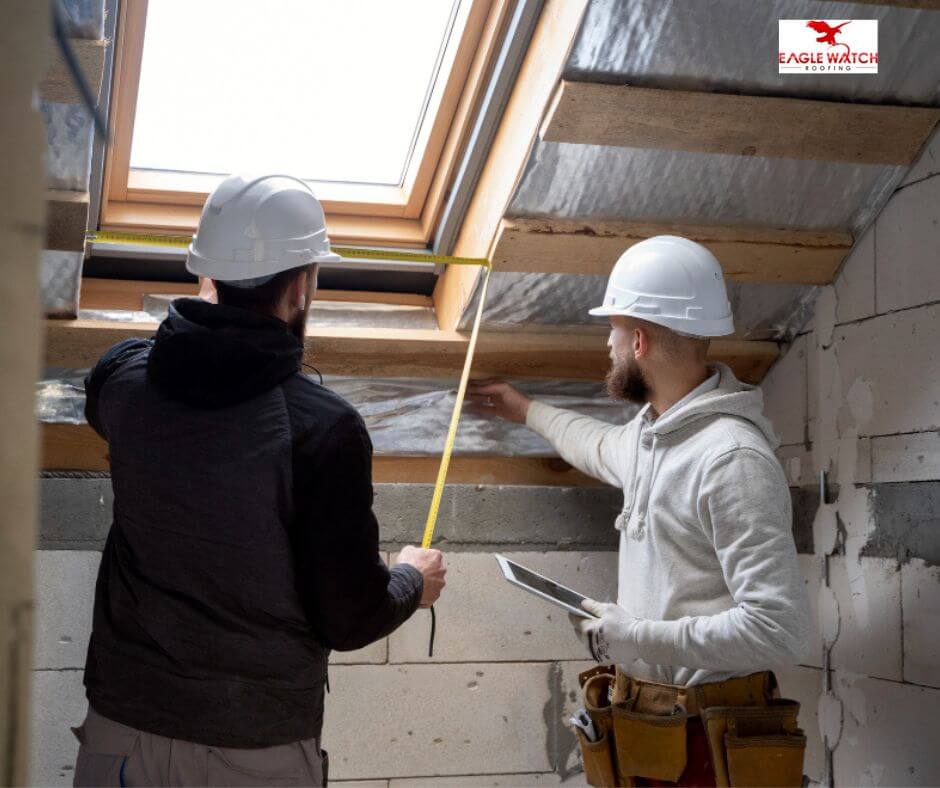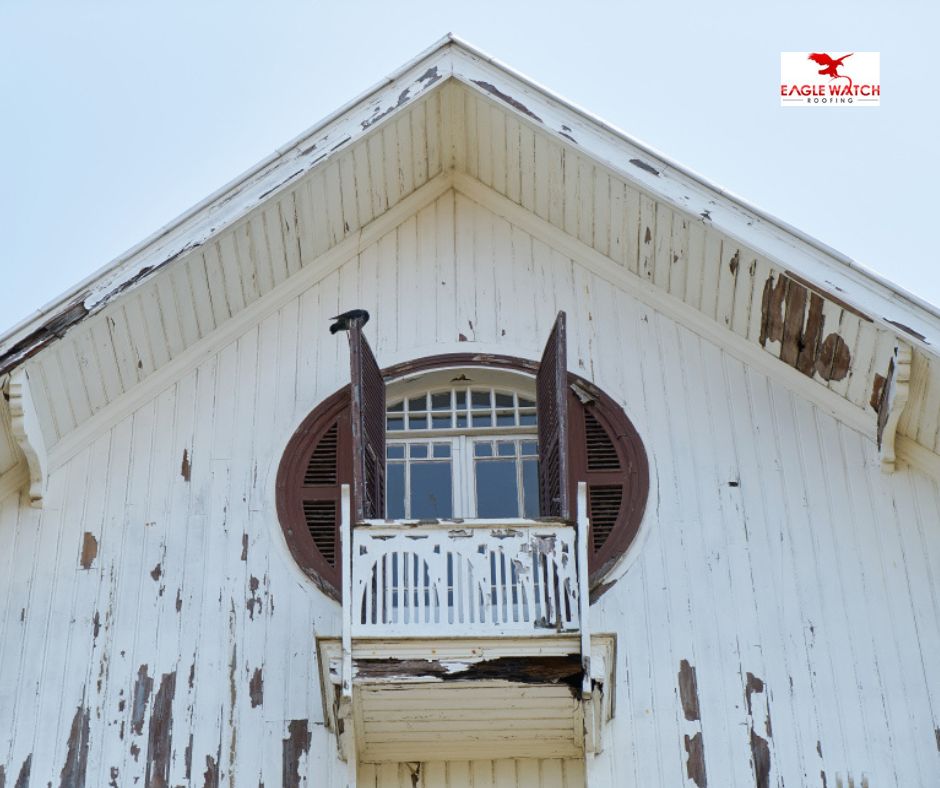Impact of Poor Insulation on Your Roof: Unveiling the Consequences
When it comes to the structural integrity and energy efficiency of your home, few elements play as crucial a role as the insulation on your roof. Often overlooked, roof insulation serves as a protective shield against the external elements, maintaining a comfortable and sustainable living environment within your home. In this comprehensive article, we delve into the intricacies of the impact that poor insulation can have on your roof, exploring the signs, consequences, and preventive measures to ensure your roof stands resilient in the face of changing climates and evolving technology.
Brief Overview of Roof Insulation
Roof insulation, a fundamental component of any well-designed home, goes beyond providing comfort; it is an integral part of energy efficiency and structural longevity. Understanding the basics of roof insulation sets the stage for grasping the repercussions of its inadequacy.
Importance of Adequate Roof Insulation
Why does roof insulation matter? We explore the significance of proper insulation in preserving your home’s energy efficiency, protecting its structural integrity, and contributing to a sustainable living space.
Signs of Poor Insulation
Increased Energy Bills
One of the initial indicators of insufficient roof insulation is a spike in energy bills. We analyze how poor insulation forces your heating and cooling systems to work overtime, translating into higher energy consumption and subsequent financial implications.
Uneven Temperature Distribution
A poorly insulated roof leads to uneven temperature distribution throughout your home. Explore the discomfort it causes and its impact on daily living.
Ice Dams Formation
In colder climates, the absence of effective insulation can result in the formation of ice dams. We dissect the process and the potential damage these ice dams inflict on your roof.
Mold and Mildew Growth
Insufficient insulation can create conditions conducive to mold and mildew growth. Uncover the health hazards and structural risks associated with these unwelcome intruders.
Structural Damage
Weakening of Roof Structure
The structural integrity of your roof is directly tied to its insulation. We examine how poor insulation compromises the strength and durability of your roof.
Impact on Support Beams
Beyond the surface, inadequate insulation can affect the support beams of your roof. Understand the long-term consequences and potential dangers posed by weakened support structures.
Compromised Roof Integrity
This article provides an overview of how poor insulation can compromise the overall integrity of your roof and discusses the cascading effects that may result from neglecting this critical aspect of home maintenance.
Energy Efficiency and Environmental Impact
Increased Carbon Footprint
In an era of heightened environmental consciousness, we explore how poor insulation contributes to an increased carbon footprint and discover the link between energy efficiency, insulation, and environmental responsibility.
Impact on HVAC Systems
Your heating, ventilation, and air conditioning (HVAC) systems bear the brunt of inadequate roof insulation. Learn about the strain on these systems and the subsequent impact on both your comfort and your wallet.
Sustainable Roofing Solutions
Delve into sustainable roofing solutions that not only enhance insulation but also contribute to a more eco-friendly living space. Discover the intersection of sustainability and effective insulation practices.
Financial Implications
Repair Costs
Poor insulation’s financial toll extends beyond higher energy bills. We break down the potential repair costs associated with structural damage caused by inadequate insulation.
Long-term Savings with Proper Insulation
On a more optimistic note, we explore the long-term savings that proper insulation can offer. Understand how a proactive approach to insulation can be a wise financial investment.
Insurance Considerations
Insurance providers often take insulation into account when assessing risk. Uncover how your home’s insulation can influence insurance considerations and potentially impact your coverage.
Types of Roof Insulation
Fiberglass Insulation
A staple in the insulation industry, fiberglass insulation has its merits and considerations. We provide an in-depth analysis of its properties and applications.
Cellulose Insulation
An eco-friendly alternative, cellulose insulation boasts unique qualities. Explore how it compares to traditional insulation materials and its suitability for different environments.
Spray Foam Insulation
Spray foam insulation is rising in popularity. It offers versatility and effectiveness. Learn about its application methods, benefits, and potential drawbacks.
Reflective Foil Insulation
In regions with intense sunlight, reflective foil insulation becomes a valuable asset. We examine how it works and when it’s the optimal choice for your roofing needs.
Standard Insulation Mistakes to Avoid
Inadequate Thickness
One common pitfall is the temptation to skimp on insulation thickness. We discuss why this oversight can lead to inefficiencies and decreased effectiveness.

Gaps and Gaps in Insulation
Even a tiny gap in insulation can compromise its effectiveness. Explore the common pitfalls related to gaps and how to avoid them during installation.
Ignoring Ventilation Needs
Proper ventilation is a critical component of adequate insulation. We delve into its importance and the consequences of neglecting this aspect.
Choosing the Wrong Insulation Material
Not all insulation materials are created equal. We explore the repercussions of choosing the wrong material for your specific roofing needs.
Roofing Materials and Insulation Compatibility
Impact of Roofing Materials on Insulation
The type of roofing material used can influence insulation requirements. We examine how different roofing materials interact with insulation and the considerations for compatibility.
Best Practices for Material Compatibility
Explore best practices for ensuring compatibility between roofing materials and insulation. Learn how to make informed choices that promote longevity and efficiency.
Future-Proofing Your Roof
Adopt practices that future-proof your roof to anticipate future challenges and technological advancements. Discover strategies to ensure your insulation remains effective over the years.
Climate Considerations
Insulation Needs in Cold Climates
Cold climates present unique challenges for insulation. We discuss the specific insulation needs in colder regions and how to address them effectively.
Insulation Challenges in Hot Climates
Conversely, hot climates come with their own set of challenges. Explore the insulation solutions tailored to combat the heat and maintain a comfortable indoor environment.
Adapting to Changing Weather Patterns
As climate patterns evolve, so do the demands on your roof insulation. Discover adaptive strategies to stay ahead of changing weather conditions and ensure your insulation remains effective.
Technological Advancements in Roof Insulation
Smart Insulation Systems
The integration of technology into insulation systems is changing the game. We explore innovative insulation solutions that enhance efficiency and provide real-time insights into your home’s energy usage.
Energy-efficient Roofing Materials
Technological advancements extend beyond insulation to the roofing materials themselves. Explore the latest innovations that contribute to overall energy efficiency and sustainability.
Integration with Home Automation
The synergy between insulation and home automation is a burgeoning trend. Discover how automated systems can optimize your home’s energy usage and improve overall efficiency.
Government Regulations and Incentives
Building Codes and Roof Insulation
Government regulations often dictate minimum standards for roof insulation. We outline the relevant building codes and the implications for homeowners.
Financial Incentives for Adequate Insulation
Governments and agencies may offer financial incentives to encourage proper insulation. Explore potential rebates, tax credits, and other incentives available to homeowners.
Environmental Compliance
In an era of increasing environmental awareness, we discuss how compliance with ecological standards can positively impact your home’s insulation choices.
Future Trends in Roof Insulation
Innovations in Insulation Materials
Stay ahead of the curve with insights into the latest innovations in insulation materials. Explore materials that promise improved efficiency, sustainability, and longevity.
Sustainable Practices in Roofing
The future of roofing lies in sustainability. We delve into emerging practices that align with environmental goals while enhancing your roof’s insulation performance.
Resilience to Climate Change
Climate change poses unique challenges to home maintenance. Learn how resilient insulation practices can mitigate the impact of changing weather patterns on your home.
Conclusion
In conclusion, poor roof insulation goes beyond comfort issues, impacting structural integrity, energy efficiency, and sustainability. Recognizing signs, understanding types, and avoiding common mistakes are crucial. The future involves sustainable practices, innovation, and climate resilience. For a resilient, efficient home, invest wisely in insulation.
Ready to enhance your roof’s performance? Contact us at Eagle Watch Roofing to ensure your insulation meets the highest standards.
FAQs
What is the importance of roof insulation?
Roof insulation is crucial for preserving your home’s energy efficiency, protecting its structural integrity, and contributing to a sustainable living space.
How can I tell if my roof insulation is inadequate?
Signs of poor insulation include increased energy bills, uneven temperature distribution, ice dam formation, and mold and mildew growth.
How does poor insulation affect the structural integrity of the roof?
Inadequate insulation weakens the roof structure, compromising support beams and overall integrity, leading to potential long-term damage.
What is the environmental impact of poor insulation?
Poor insulation contributes to an increased carbon footprint, affecting energy efficiency and placing strain on HVAC systems.
What are the financial implications of poor insulation?
Financial consequences include:
- Higher energy bills.
- Potential repair costs due to structural damage.
- Considerations by insurance providers that may impact coverage.
What are the common types of roof insulation?
Common types include fiberglass insulation, cellulose insulation, spray foam insulation, and reflective foil insulation, each with unique properties and applications.
What mistakes should I avoid when installing roof insulation?
Common pitfalls include inadequate thickness, gaps in insulation, neglecting ventilation needs, and choosing the wrong insulation material.
How does roofing material impact insulation requirements?
Different roofing materials interact with insulation differently, and understanding compatibility is essential for efficiency and longevity.
How can I future-proof my roof insulation?
Adopt practices that anticipate future challenges, consider technological advancements, and ensure your insulation remains effective over the years.
What considerations are there for roof insulation in different climates?
Explore insulation needs in cold and hot climates and adaptive strategies to address changing weather conditions effectively.


